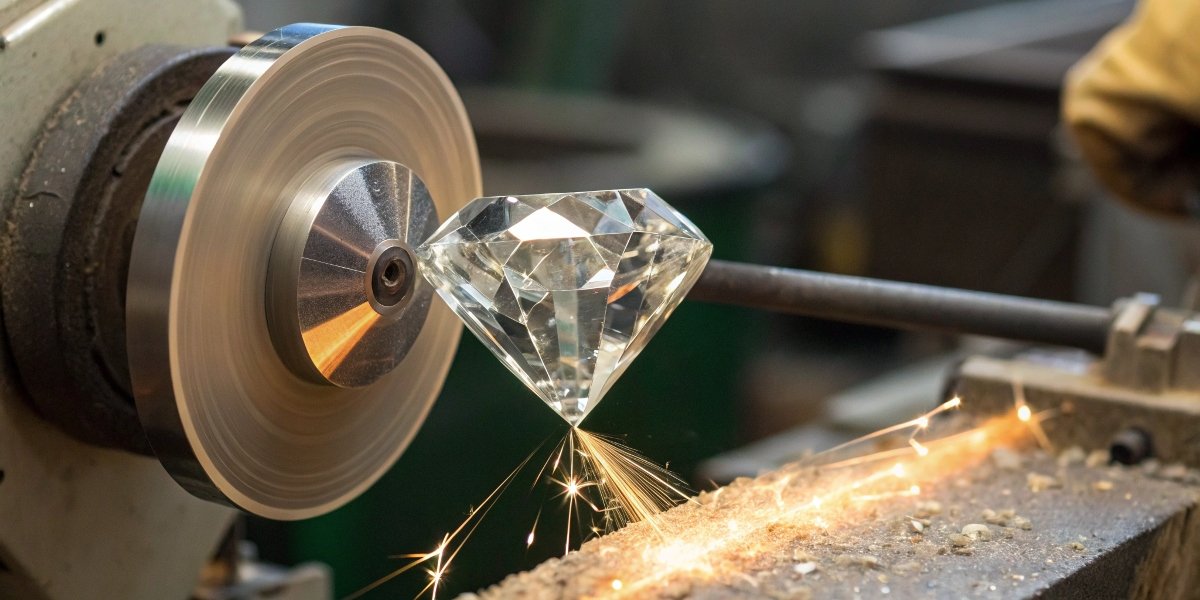
Struggling to cut tough materials effectively? Your current tools wear out too fast, causing delays and poor finishes. Diamond’s unmatched hardness offers the ultimate solution for precision and durability.
A diamond is used as an abrasive because it is the hardest known material. This exceptional hardness allows it to cut, grind, and polish other very hard materials like ceramics, carbide, and gemstones with unparalleled efficiency, precision, and a longer tool life.
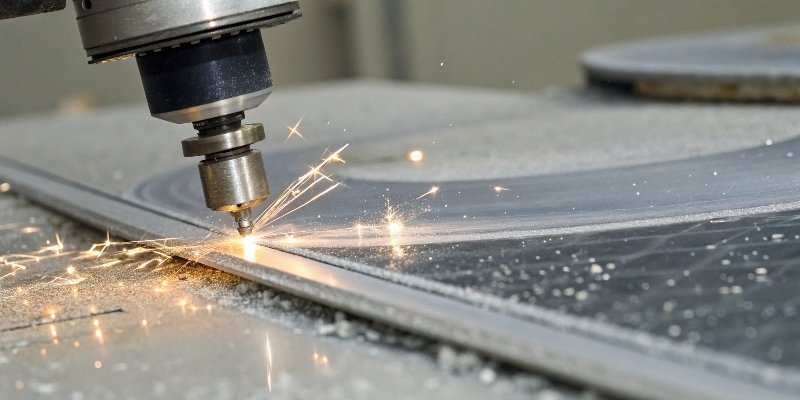
That is the short answer. But the real value of diamond abrasives1 comes from a few key properties. Understanding these properties helps you choose the right tool for your specific job. For us, after nearly three decades of making grinding tools, these details are everything. Let’s look closer at why diamond is the king of abrasives. We will explore its hardness2, the types used in our industry, and where it truly shines. This will help you see why it’s the right choice for your most demanding applications.
How is diamond’s exceptional hardness measured and why does it matter for abrasives?
Are your grinding results inconsistent? Poorly defined hardness ratings can mislead you, resulting in tool failure and damaged workpieces. Understanding true hardness scales clarifies exactly why diamond always dominates.
Diamond’s hardness is most famously rated as 10 on the Mohs scale, the highest possible score. This matters because an abrasive must be harder than the material it works on. Diamond’s supreme hardness ensures it can effectively machine the toughest materials without wearing down.
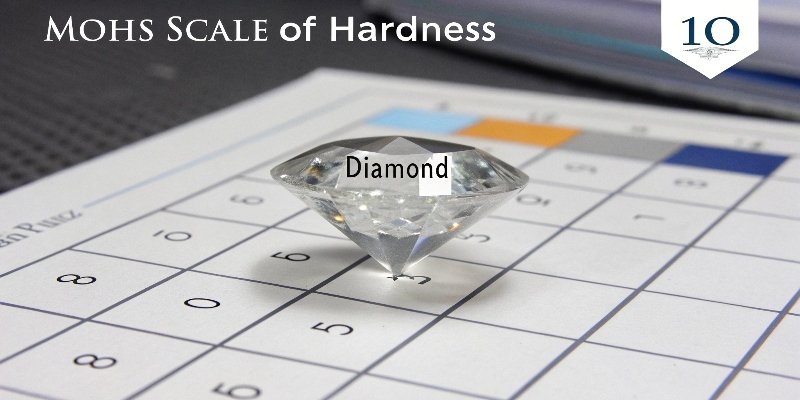
The Mohs scale3 is a good starting point, but it’s a relative scale. It tells you that diamond (10) can scratch corundum (9), but it doesn’t say by how much. For industrial purposes, we use more precise scales like the Knoop hardness test. On this scale, diamond scores around 8000, while corundum is only about 2000. This shows diamond isn’t just a little harder; it’s four times harder than the next hardest natural mineral.
This huge gap in hardness is what makes diamond so special as an abrasive. For an abrasive tool to work, its grains must be significantly harder than the workpiece. This allows the grains to penetrate and remove material cleanly. Because diamond is harder than everything else, it can machine materials that other abrasives can’t touch. I remember a client who was trying to machine tungsten carbide parts. They were burning through their silicon carbide wheels and getting terrible results. When they switched to one of our custom diamond grinding wheels, their efficiency and surface finish improved immediately. Hardness directly translates to performance.
Key Benefits Driven by Hardness
- Superior Precision: Diamond’s hardness allows for the creation of extremely sharp cutting edges on the abrasive tool. This enables nano-level precision, which is critical for industries like semiconductors and optics.
- Longer Tool Life: A harder abrasive resists wear much better. Our diamond wheels can have a C-life4 up to 10 times longer than conventional wheels, meaning fewer tool changes, less downtime, and lower long-term costs.
What are the differences between using natural and synthetic diamonds in abrasive tools?
Worried about the cost and consistency of your diamond tools? Natural diamonds are expensive and have impurities that can affect performance. Thankfully, modern synthetic diamonds offer a superior and cost-effective alternative.
The main difference is consistency and cost. Natural diamonds have impurities and irregular shapes, making performance unpredictable. Synthetic diamonds are engineered with high purity and controlled shapes. This ensures consistent, reliable performance for industrial applications at a much lower cost.
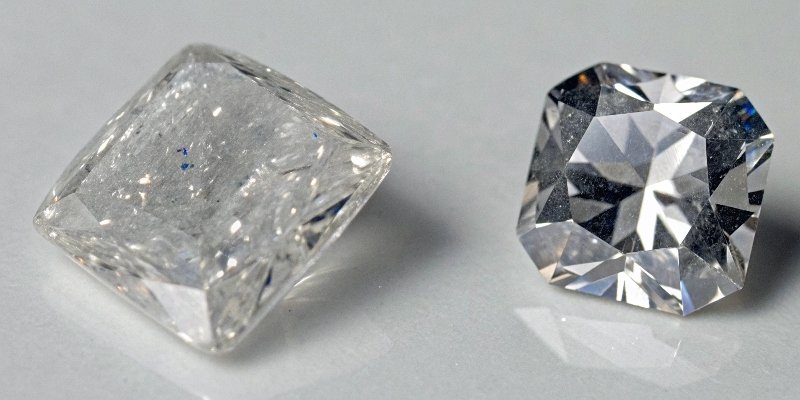
At our factory, we exclusively use high-quality synthetic diamonds5. Being based in Henan province, where 80% of China’s synthetic diamonds are produced, gives us a huge advantage. We have direct access to the best raw materials. Natural diamonds, formed over billions of years, contain random inclusions and fractures. These act as weak points, causing the diamond to break unpredictably.
Synthetic diamonds, on the other hand, are created in labs using a High-Pressure/High-Temperature (HPHT) process. This process mimics the natural formation of diamonds but in a highly controlled environment. We can specify exactly what we need. This control allows us to engineer diamonds with specific properties for different jobs.
| Feature | Natural Diamond | Synthetic Diamond |
|---|---|---|
| Purity | Contains impurities (e.g., nitrogen) | Over 99.9% pure carbon |
| Shape | Irregular, uncontrolled | Controlled and consistent |
| Performance | Unpredictable, varies | Highly reliable and consistent |
| Cost | Very high and volatile | Lower and stable |
For example, a cutting application might need a strong, blocky diamond crystal that resists fracturing. A fine polishing application might need a more friable diamond that breaks down to expose new sharp edges. With synthetic diamonds, we can select the perfect grit for any OEM or ODM project. This guarantees that the tool we build for you will perform exactly as you need it to, every single time.
For which materials are diamond abrasives considered essential for cutting and polishing?
Are you machining materials that resist your conventional tools? Using the wrong abrasive on hard composites or ceramics leads to slow work, high tool wear, and even broken parts.
Diamond abrasives are essential for processing superhard or brittle materials. This includes ceramics, tungsten carbide, quartz, glass, carbon fiber composites, and gemstones. For these materials, other abrasives are simply too soft to be effective, making diamonds the only choice for efficient machining.
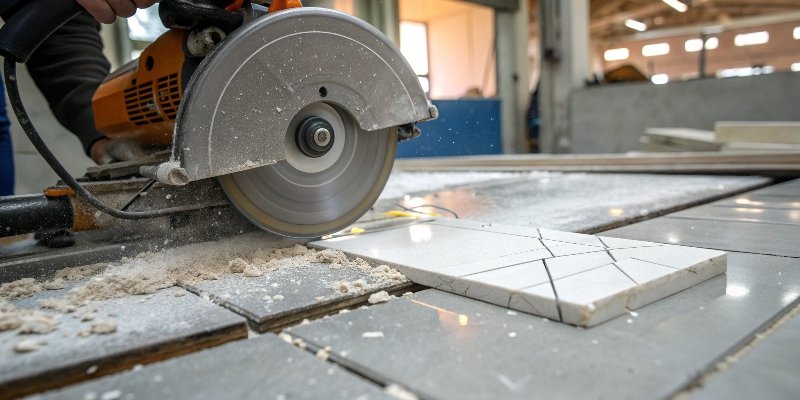
Over the years, we’ve helped clients in many industries solve their toughest machining challenges. In every case, when the material is extremely hard or abrasive, diamond is the answer. Conventional abrasives like aluminum oxide or silicon carbide just can’t handle these jobs. They either wear down instantly or generate too much heat, damaging the workpiece. Diamond’s unique combination of hardness and high thermal conductivity6 makes it perfect for these applications. It cuts cleanly and pulls heat away from the cutting zone.
Key Application Areas
We often create custom diamond tools for these specific industries:
- Aerospace and Automotive: Machining carbon fiber reinforced polymers (CFRP) and ceramic matrix composites (CMCs). Diamond tools drill and cut these materials without fraying the fibers or causing thermal damage.
- Electronics: Dicing silicon wafers, cutting sapphire substrates for LEDs, and shaping ceramic circuit boards. These tasks demand extreme precision and minimal chipping, which only diamond can provide.
- Advanced Manufacturing: Grinding tungsten carbide tooling, finishing medical implants made of zirconia, and polishing optical lenses7. The goal is always a mirror-like finish (Ra <0.1μm) with perfect geometry.
- Gemology and Construction: This is the most traditional use. Diamond tools are used to cut other gems, and in construction, they are essential for cutting concrete, granite, and marble.
In all these cases, diamond isn’t just a good option; it’s the only viable one.
Are there any limitations or situations where using a diamond abrasive is not ideal?
Thinking of using powerful diamond tools for every single job? Using diamond on the wrong material can destroy the tool and the workpiece, costing you valuable time and money.
Yes, diamond abrasives are not ideal for ferrous metals like steel and cast iron. At the high temperatures generated during grinding, the carbon in the diamond reacts chemically with the iron in the workpiece. This reaction rapidly degrades the diamond, causing excessive tool wear.
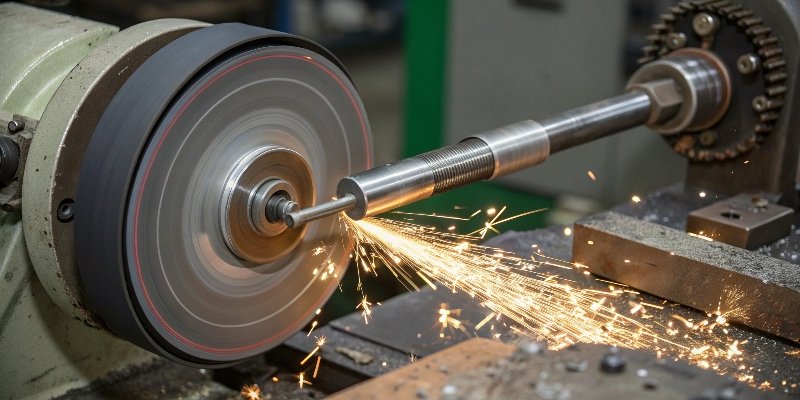
This is one of the most important things we teach our customers. It might seem strange that the hardest material in the world can be defeated by common steel. But it’s not a matter of hardness; it’s a matter of chemistry. When you grind steel with a diamond wheel, the friction generates intense heat at the point of contact. At temperatures above 700°C, the carbon atoms in the diamond become highly reactive with the iron atoms in the steel. The diamond essentially dissolves into the steel’s surface, a process called diffusion. This makes the diamond wheel wear down incredibly fast, making it a very expensive and ineffective choice.
This is why our company, Reliable, also produces a full line of Cubic Boron Nitride (CBN)8 abrasives. CBN is the second-hardest material known, right after diamond. Critically, it is chemically stable with iron, even at very high grinding temperatures. This makes CBN the perfect abrasive for all types of hardened steels, superalloys, and cast irons.
Choosing the right superabrasive is key.
| Material Type | Recommended Abrasive | Why? |
|---|---|---|
| Ferrous Metals (Steel, Cast Iron) | CBN (Cubic Boron Nitride) | Diamond reacts chemically with iron at high temperatures. |
| Superhard Materials (Ceramics, Carbide) | Diamond | Only diamond is hard enough for effective machining. |
| Softer Materials (Aluminum, Plastics) | Conventional Abrasives | Diamond/CBN is overkill and not cost-effective. |
Understanding this limitation allows us to provide a complete solution. We don’t just sell one product; we provide the correct abrasive for your specific material, ensuring you always get the best performance and value.
Conclusion
Diamond’s supreme hardness, wear resistance, and thermal conductivity make it the top choice for hard materials. For ferrous metals, however, CBN is the superior solution. Let’s find your perfect tool.
-
Explore the unique properties of diamond abrasives and their applications in various industries. ↩
-
Understanding diamond’s hardness is crucial for selecting the right abrasive for your needs. ↩
-
Learn about the Mohs scale and why diamond’s position on it matters for abrasives. ↩
-
Learn how C-life impacts tool longevity and cost-effectiveness in abrasive applications. ↩
-
Explore the advantages of synthetic diamonds in terms of cost and performance consistency. ↩
-
Learn about the role of thermal conductivity in diamond’s machining efficiency. ↩
-
Explore the role of diamond tools in achieving high-quality finishes on optical products. ↩
-
Discover how CBN serves as an effective alternative to diamond for ferrous materials. ↩
Written by
leeon
You may also be interested in:
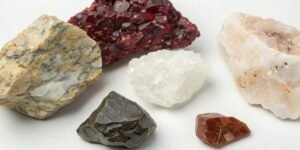
What are the primary abrasive minerals?
Are you struggling to choose the right abrasive for your job? Making the wrong choice can ruin your workpiece, costing you time and money. Understanding
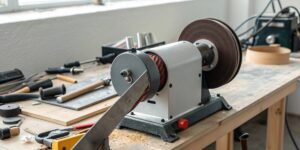
What belt grinder should a (beginner) knife maker own?
Starting knife making is exciting, but choosing the right grinder is overwhelming. The wrong one ruins projects and wastes money. This guide simplifies picking the
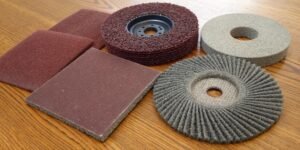
What are abrasives?
Choosing the wrong abrasive leads to poor results and wasted material. This hurts your production timeline and bottom line. Understanding abrasives is the simple solution
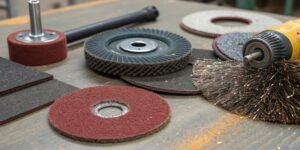
What are the uses of abrasives? What are some examples?
Struggling with tough materials? The wrong abrasive tool can ruin your project and waste money. Abrasives offer the power to shape, finish, and polish almost
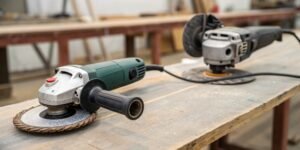
Is a corded angle grinder better than a cordless one?
Struggling between consistent power and job site freedom? Choosing the right angle grinder is a critical decision that directly affects your team’s efficiency, safety, and

What is the history of the wire wheel?
Are you curious about the origins of the simple wire wheel? Its fascinating history is deeply connected to incredible innovations in transportation and has shaped
